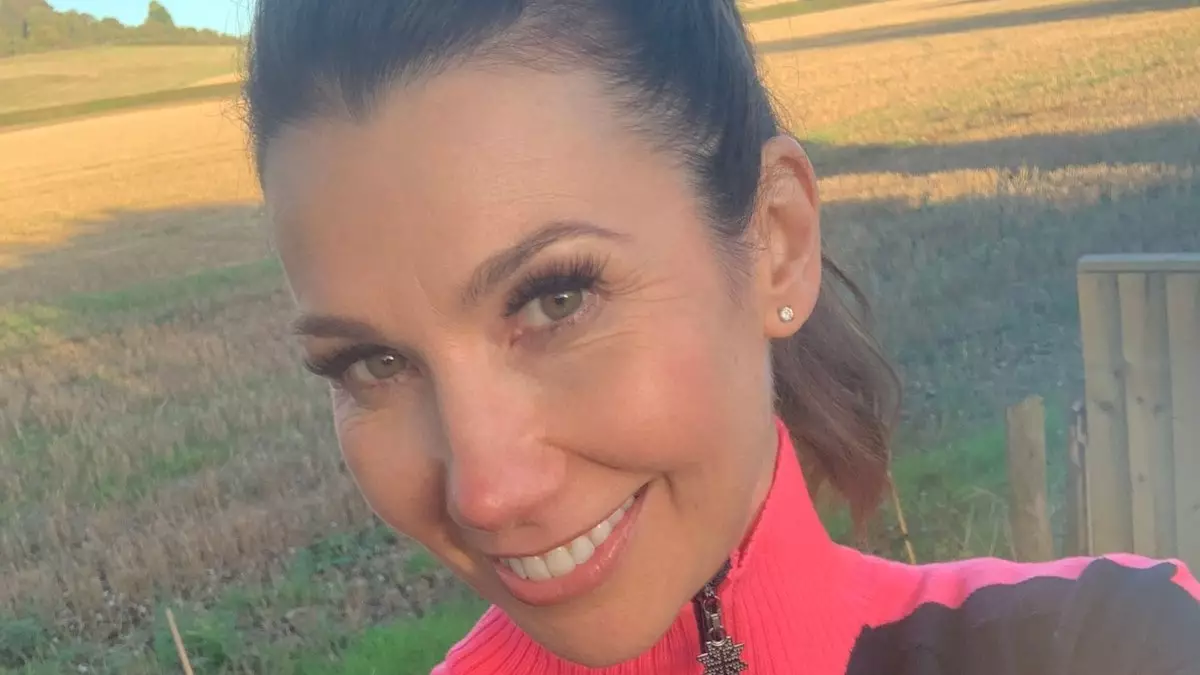In recent years, a noticeable shift has occurred in the fitness landscape, moving away from strenuous workout regimens towards gentler, more sustainable forms of exercise. Celebrities like Fearne Cotton, Demi Moore, and Jennifer Aniston have publicly embraced this transition, advocating for a less strenuous approach that prioritizes well-being over intensity. Their statements reflect a growing recognition that the previous narrative of punishing workouts and extreme efforts may not only be unsustainable but also counterproductive to long-term health and happiness.
Gone are the days when fitness enthusiasts equated success with dripping sweat and aching muscles. This relentless pursuit of “feeling the burn” has made way for an appreciation of lower-impact activities that can be just as effective without putting undue stress on the body. Fearne Cotton, for instance, emphasizes her preference for “gentle and calm” exercise, focusing on the joys of walking and light jogging rather than hi-intensity cardio or exhaustive boot camps. This redefinition of exercise not only encourages physical fitness but also fosters a positive relationship with movement.
The shift towards gentler forms of exercise introduces a more nuanced understanding of fitness. Research highlights that activities like walking, swimming, and low-intensity jogging (or as Fearne whimsically calls it, “plodding”) are pivotal in maintaining overall health. Experts advocate for “Zone 2” exercise, which helps elevate the heart rate while still allowing for conversation. This approach not only promotes cardiovascular health but also reduces the risk of injury, making it an appealing option for individuals at various fitness levels.
Similarly, the growing popularity of practices such as yoga and dancing aligns with this trend. Demi Moore’s pivot from exhaustive workouts to engaging in more fluid forms of movement exemplifies a broader narrative: the importance of listening to one’s body and recognizing the need for rest and recuperation. Moore’s candid reflection on her previous routines underscores a vital lesson for many: that fitness should not come at the expense of mental and physical well-being. The notion that one can “have the gain without the pain” is becoming a refreshing mantra for those seeking balance in their fitness journeys.
As the narrative of fitness evolves, it becomes evident that achieving results does not necessitate punishing oneself in the gym. The focus is shifting towards mindful engagement with various types of exercise, leading to increased muscle mass and enhanced calorie expenditure even during restful periods. This aligns perfectly with the idea that we can cultivate a sustainable fitness practice without the constant pressure of high-intensity training.
Moreover, this holistic view of exercise fosters a more enjoyable relationship with fitness. Individuals are increasingly recognizing the merit of engaging in activities that bring them joy rather than dread. Fearne’s experience echoes a commonplace revelation—exercise does not have to be torture to be effective. The key lies in finding a balance among different exercise intensities, incorporating elements such as high-intensity interval training (HIIT), strength training, and the gentler Zone 2 workouts to create a well-rounded fitness regime.
Ultimately, the rise of gentle fitness serves a dual purpose: it nurtures the body while promoting a healthier mindset toward exercise. The conversation surrounding fitness is becoming less about extremes and more about sustainability and enjoyment. By integrating varied intensities and prioritizing practices that resonate personally, individuals can embark on a rewarding path towards improved physical and mental health.
This transformation challenges the long-held beliefs about what constitutes “effective” exercise. It encourages us to rethink our fitness journeys, valuing personal satisfaction and well-being over superficial metrics like sweat or duration. As we collectively embrace a more compassionate and balanced approach to fitness, we cultivate an environment where physical wellness can flourish without the burden of guilt or exhaustion. The road to health, we now understand, need not be paved with intensity; sometimes, less truly is more.


Leave a Reply